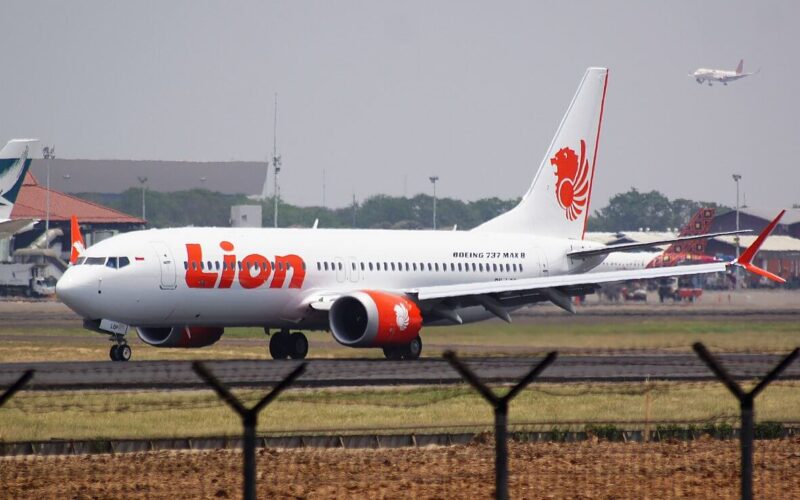Just as hopes to find the second black box of the crashed Boeing 737 MAX began to fade, a more than two-month-long struggle, including Lion Air’s own failed search, has come to an end. Indonesian investigators now say they have finally found the voice cockpit recorder (CVR) of the doomed flight JT610. Data retrieved from the device could help determine whether pilot error or specific issues with the MAX 8 contributed most to the October 2018 crash.
According to Haryo Satmiko, the deputy chief of the Transportation Safety Committee (KNKT), which is leading the investigation into the crash, the second black box was found on the morning of January 14, 2019, “broken into two pieces” BBC News reports.
“We got confirmation [on the discovery of the CVR] this morning from the National Transportation Safety Committee’s chairman,” the deputy maritime minister Ridwan Djamaluddin, was quoted as saying by CBS News.
Human remains have also been found near where the voice recorder was discovered, Naval Lieutenant Colonel Agung Nugroho told Reuters.
Flight JT610 was heading north to the town of Pingal Pinang on October 29, 2018, when it lost contact with the air traffic control (ATC) just 13 minutes after takeoff from the capital Jakarta.
Flight data retrieved from the first black box, the flight data recorder (FDR), which was found on November 2, 2018, reportedly indicated the aircraft made a sudden, sharp dive into the sea.
Although the first black box, also damaged, was found just three days after the crash, strong currents and waves as well as poor visibility due to the muddy seabed had hampered the search efforts for the second black box.
Teams of divers, assisted by underwater drone and sonar technology, had been receiving “ping” signals from the missing recorder intermittently ever since the 737 crashed last October. They had been scouring the waters of the presumed crash site that are about 30 meters (98 feet) deep.
Nugroho said a weak signal from the cockpit voice recorder was detected several days ago. Divers found the device buried 8 meters (26 feet) deep in the muddy seabed. It was located at least 50 meters (165 feet) from where plane’s first black box was discovered.
Determined not to give up, Indonesian officials announced last week they would launch a new search effort to find the missing recorder, deploying the navy ship KRI Spica to the site. A previous 10-day search funded by Lion Air failed to locate the device. That search reportedly cost the airline up to $2.8 million (38 billion rupiah).
Hopes to find the cause for the crash of flight JT610 that took the lives of all 189 people on board now surge, as investigators prepare to download the contents of the second recorder, deemed crucial in connecting the dots as to why the brand new Boeing 737 MAX 8 plane (PK-LPQ) crashed just minutes after takeoff.
Indonesian investigators (KNKT) released their preliminary report into the fatal crash on November 28, 2018. The report, featuring data retrieved from the FDR, revealed the sequence of events that unfolded before the 737 plunged into the Java Sea, mainly focusing on the pilots’ actions and the safety record of Lion Air.
The deadly crash was the world’s first of Boeing 737 MAX family jets and sparked a tense debate over the safety of the aircraft, particularly since investigators confirmed that the same jetliner had experienced speed and altitude issues on its previous flights.
The report also revealed the MCAS, Boeing’s new anti-stall system installed on all MAX planes, was repeatedly forcing the doomed aircraft’s nose down before it went into its final dive.
Relatives of victims of flight JT610 have already filed at least three lawsuits against Boeing

